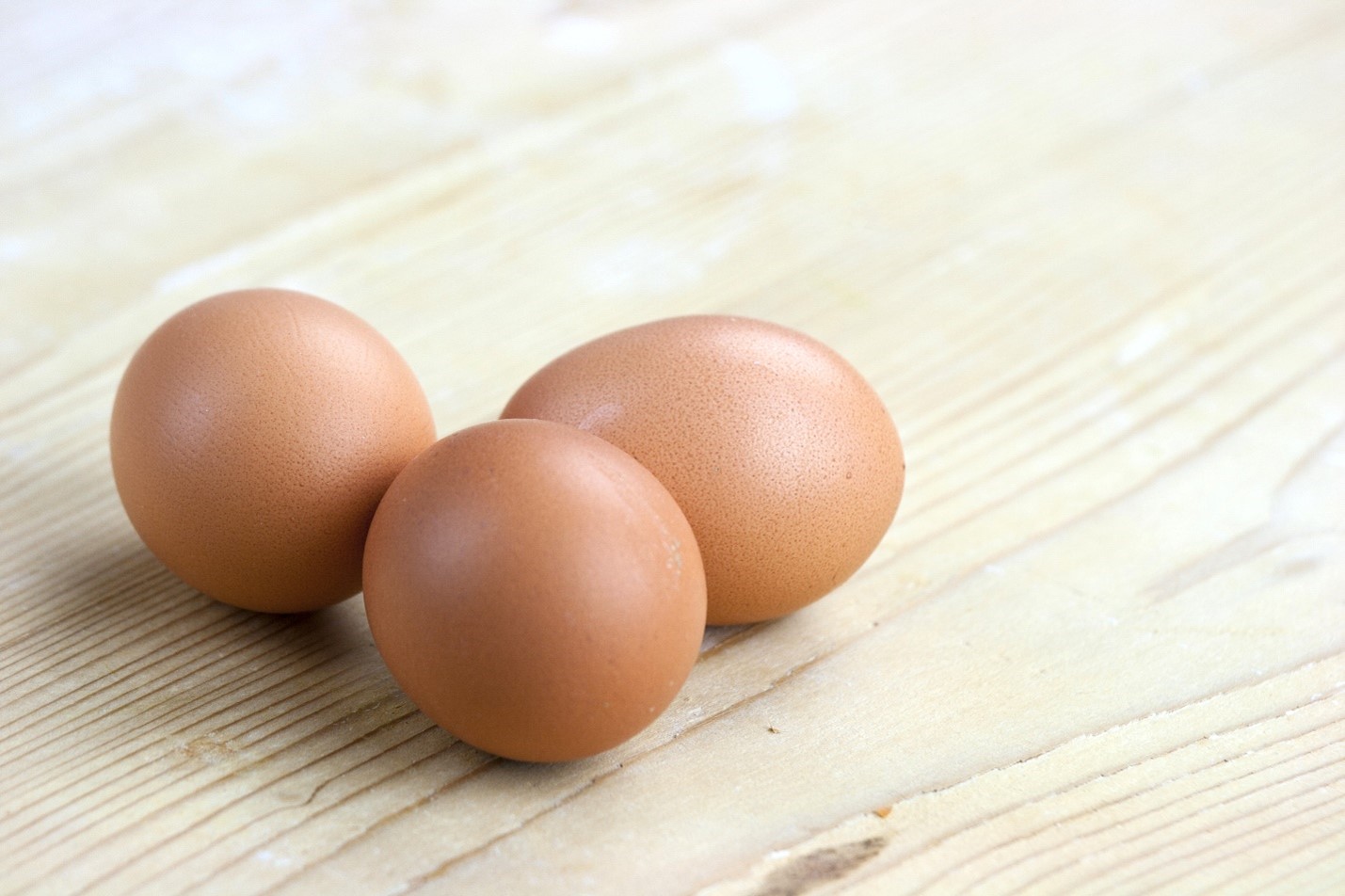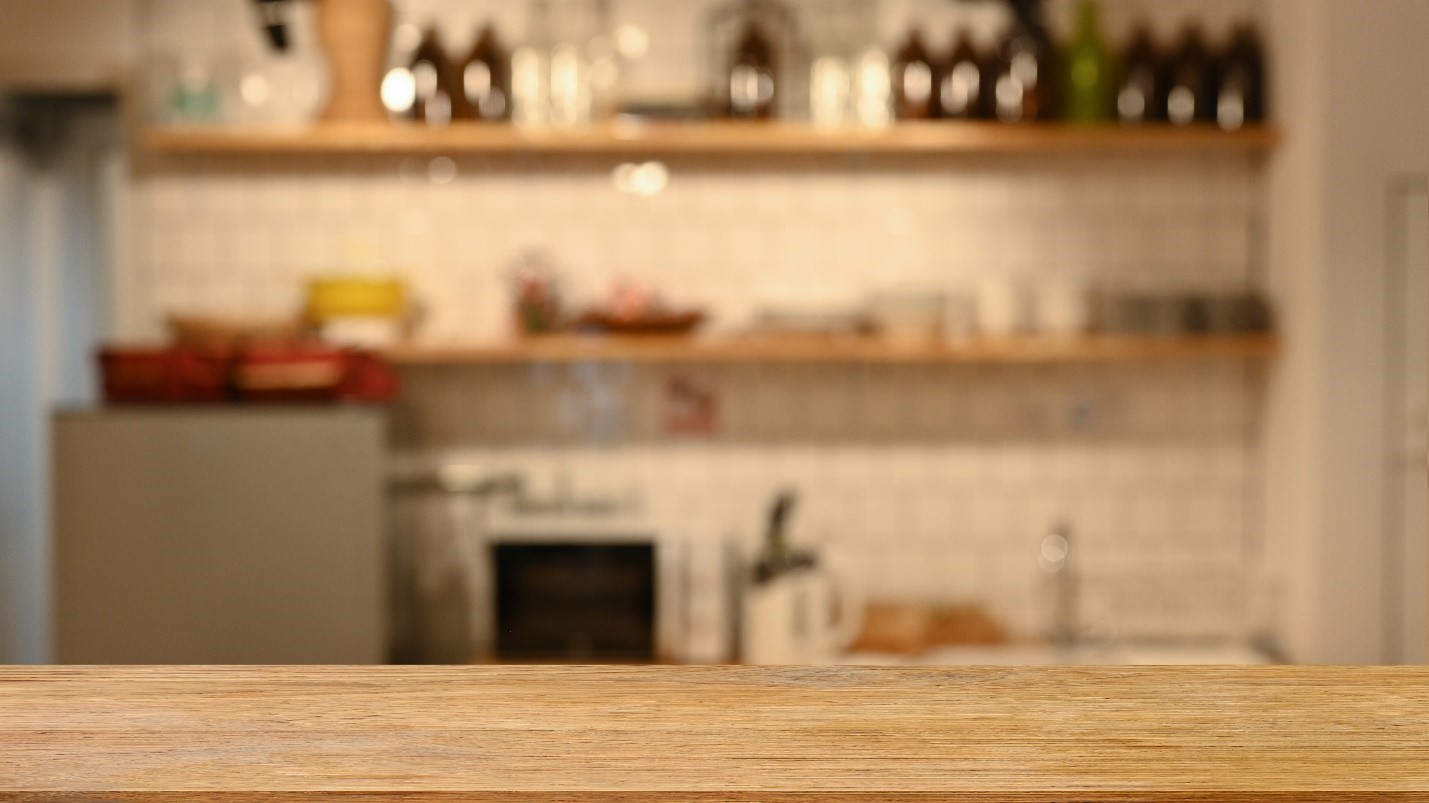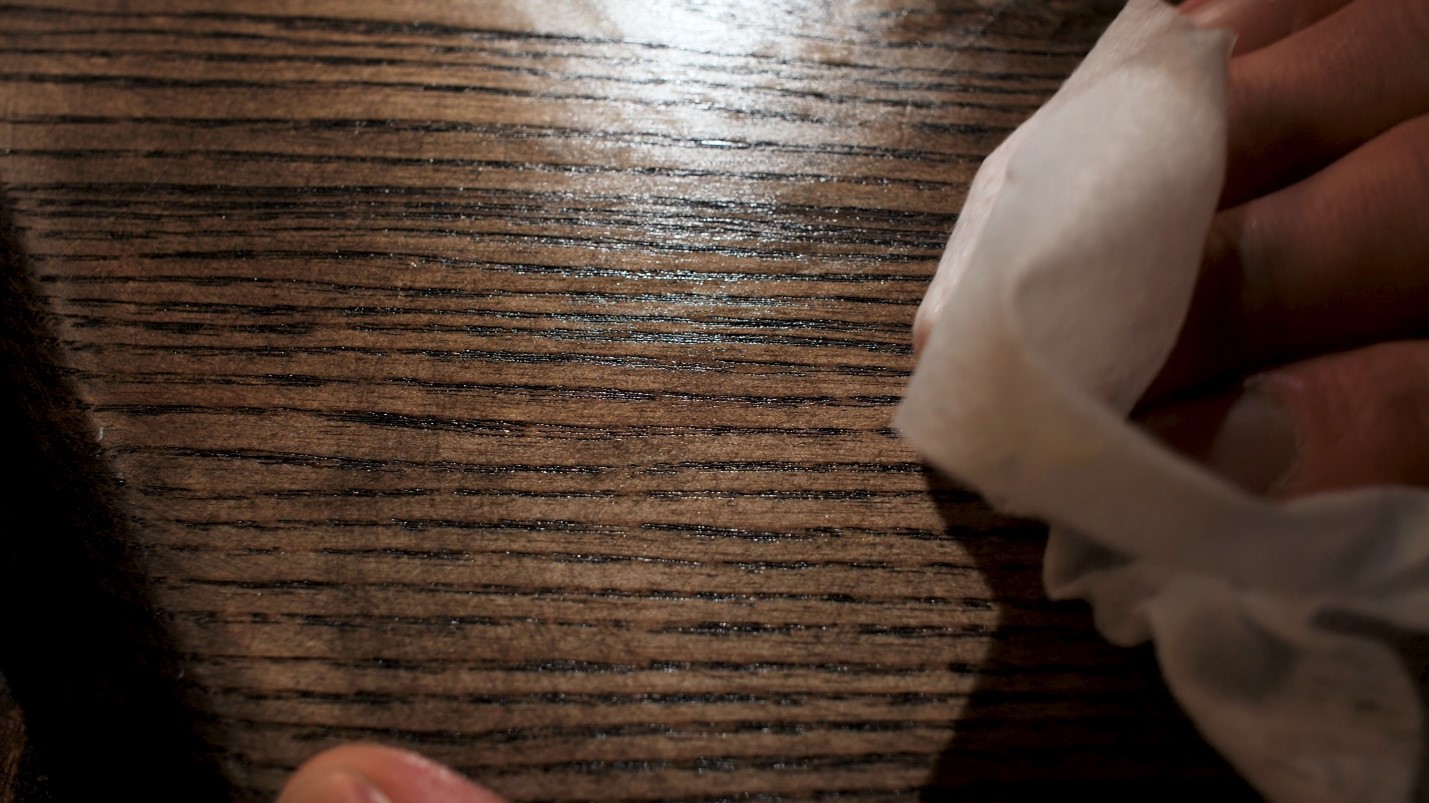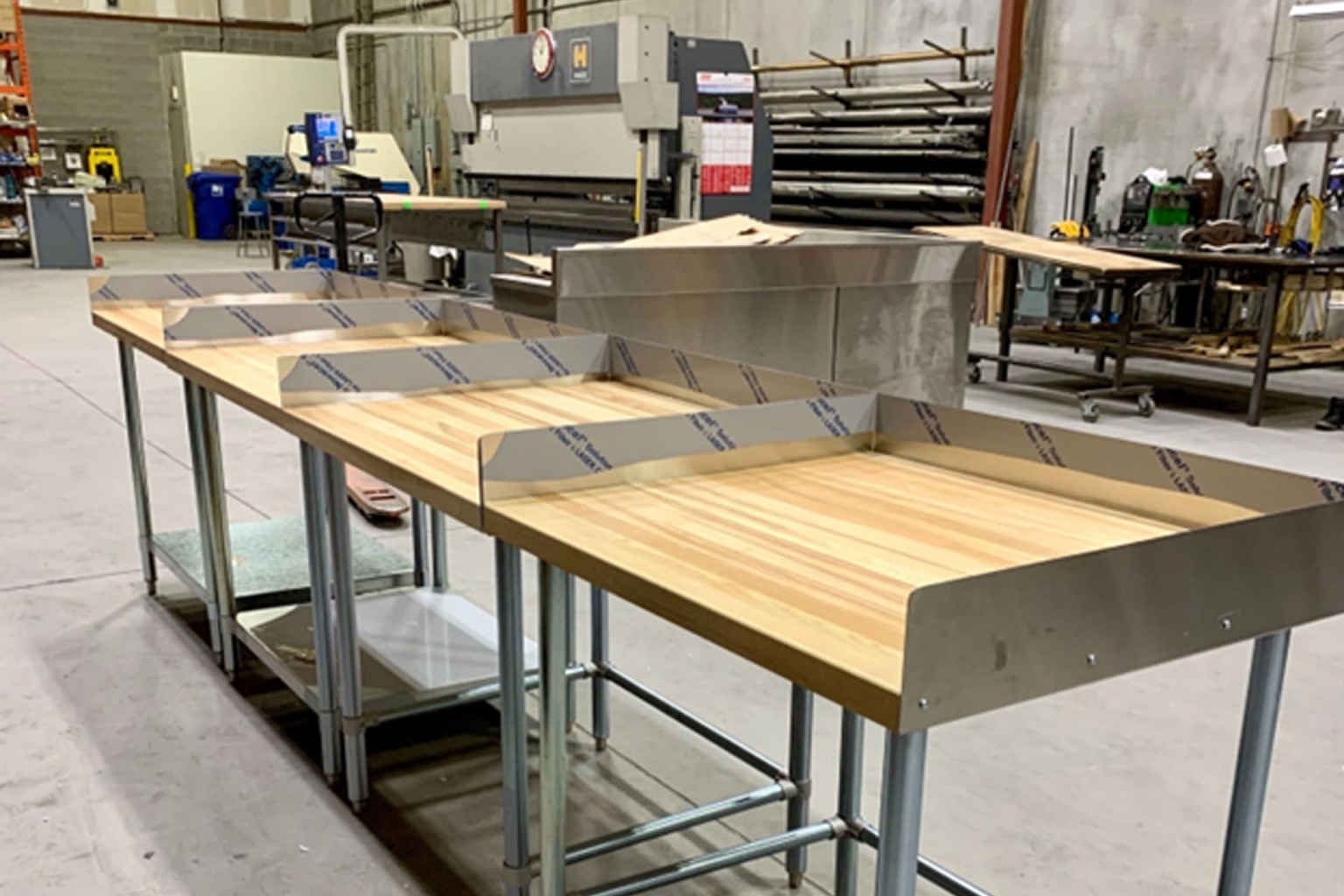Butcher block tops and wood countertops are indispensable fixtures in commercial kitchens, serving as reliable work surfaces for food preparation. These surfaces, often referred to as food prep surfaces, provide durability and versatility, but they are not immune to issues such as butcher block stain or wear-and-tear. Liquid spills, food debris, and the acidic properties of lemon juice can all pose challenges to maintaining the pristine condition of butcher block surfaces. To ensure the longevity and cleanliness of these essential components, routine maintenance is paramount. In this comprehensive guide, we’ll delve into the best practices for cleaning and maintaining butcher block surfaces in commercial settings, safeguarding both hygiene standards and the aesthetic appeal of these vital workspaces. We’ll also explore the use of specialized products and cleaning solutions tailored to preserve the integrity of butcher block tops and wood countertops.

What are Butcher Block Countertops?
Butcher block countertops are crafted from wood pieces bonded together to create a sturdy surface ideal for food preparation. Commonly used in kitchens, they offer a natural and rustic aesthetic that adds charm to any space. These wood countertops serve as the foundation for various culinary activities, making them a cornerstone of efficient and hygienic food preparation environments. However, their porous nature makes them susceptible to stains, especially from liquid spills and acidic substances like lemon juice. Additionally, food debris can accumulate over time, compromising both the appearance and hygiene of the surface. To combat these challenges, it’s essential to employ a specialized cleaning solution and proper maintenance techniques. By incorporating regular cleaning routines and using suitable products, you can prolong the life of butcher block tops and wood countertops while preserving their natural beauty and functionality.
Butcher block countertops come in a variety of wood types, each with its unique characteristics and benefits. Maple butcher block, known for its durability and light color, is a popular choice in commercial kitchens due to its resistance to scratches and dents. Oak butcher block offers a rich, warm hue and excellent strength, making it suitable for heavy-duty use in high-traffic areas. Other options include cherry, walnut, and bamboo, each bringing its distinct appearance and properties to the table. Regardless of the wood type, proper care and maintenance are essential to ensure the longevity and performance of butcher block countertops in commercial settings.

How to Clean Butcher Block Countertops
Step 1: Prepare the Surface
Before cleaning your butcher block counters, it’s important to prepare the surface properly. This involves removing any food residue and wiping down the entire surface.
Remove Food Residue
Start by using a metal scraper or dough scraper to gently lift off any stuck-on food or debris. Be careful not to scratch the wood surface.
Wipe Down the Entire Surface
Next, don protective gloves and dampen a clean dish towel or wet sponge with warm water and a few drops of mild dish soap. Wipe down the entire surface of the butcher block to remove any remaining dirt or grime. Ensure thorough coverage, paying extra attention to areas prone to spills and stains.
Step 2: Disinfect the Countertop
To ensure your butcher block countertop is properly disinfected, you can opt for two effective methods. Firstly, you can use a mixture of white vinegar and hot water, which serves as a natural disinfectant. Simply spray or apply the solution evenly across the surface and let it sit for a few minutes before wiping it off with a clean, damp cloth. Alternatively, you can dampen a clean cloth or sponge with warm water and liquid dish soap. This gentle yet effective solution helps to remove bacteria and germs while maintaining the integrity of the wood. Whichever method you choose, make sure to rinse the countertop thoroughly with clean water and dry it with a soft, clean dish towel to prevent water damage and maintain its pristine appearance.
Use White Vinegar and Hot Water
In a spray bottle, mix equal parts white vinegar and hot water. Spray the solution onto the countertop and let it sit for a few minutes before wiping it clean with a damp cloth.
Use Damp Cloth and Mild Dish Soap
Alternatively, you can use a damp cloth with a few drops of dish soap to wipe down the surface. This will help remove bacteria and germs without damaging the wood.
Step 3: Treat with Mineral Oil or Cooking Oils
To keep your butcher block countertops looking their best, it’s important to treat them regularly with food-grade oil, such as mineral oil or another food-safe oil.
Apply Food-Grade Mineral Oil or Cooking Oils to the Wood Grain

Using a clean cloth, apply a generous amount of food-grade mineral oil or cooking oil to the wood grain of the countertop. Spread it evenly across the surface, ensuring all areas are covered. This step not only enhances the natural beauty of the wood but also creates a protective barrier against moisture and stains, prolonging the life of your butcher block countertop.
Use a Soft Cloth to Spread Evenly Across Butcher Block Surfaces
Using a soft cloth, such as a microfiber cloth, spread the oil evenly across the butcher block surface. This will help protect the wood from drying out and cracking over time. Be sure to work the oil into any cracks or crevices for thorough coverage, ensuring every part of the countertop receives the nourishment it needs to maintain its integrity.
Allow Enough Time for Penetration and Absorption
Allow the oil to penetrate and absorb into the wood for several hours or overnight. This will help nourish the wood and keep it looking beautiful for years to come. During this time, refrain from using the countertop to allow the oil to fully seep into the wood fibers, maximizing its effectiveness in preserving the butcher block’s natural luster and durability.
Step 4: Protect from Staining and Wear-and-Tear
To prevent staining and wear-and-tear on your butcher block countertops, it’s important to take proactive measures to protect them.
Spray with a Food Safe Mineral Oil in a Bottle
After treating the surface with oil, spray a food-safe mineral oil onto the countertop. This will provide an additional layer of protection against stains and spills.
Wipe Away Excess Oil with a Dry Cloth
Using a dry microfiber cloth, wipe away any excess oil from the surface of the butcher block countertop. This will help prevent a greasy residue from forming and ensure a smooth finish.
In conclusion, cleaning and maintaining butcher block countertops is essential for preserving their beauty and functionality. By following these simple steps and using the right products, you can keep your butcher block surfaces looking their best for years to come.
Remember to incorporate these cleaning and maintenance routines into your regular kitchen cleaning schedule for optimal results and enjoy the timeless appeal of your butcher block countertops for years to come.
 +1 (905) 825 9665
+1 (905) 825 9665


